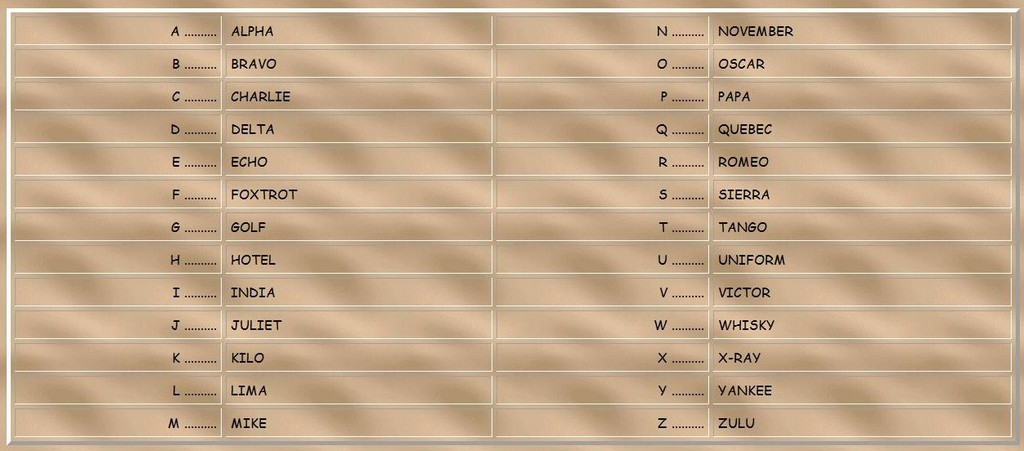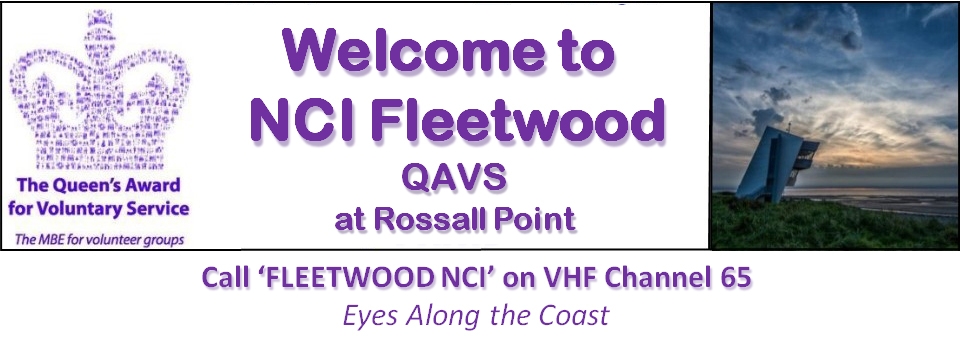How It All Started
It did not start off like this – over time, the phonetic alphabet has evolved. The phonetic alphabet is a system created by the NATO allies in the 1950s that would be intelligible and pronounceable to all NATO allies in the heat of battle. It has another name – the radiotelephony spelling alphabet. It requires words to be spelled out by their letters; for example, arm becomes Alpha Romeo Mike, and south becomes Sierra Oscar Uniform Tango Hotel. All the letters sound different, so there is no confusion over long distances over what people are saying. The reason that any phonetic alphabet is (or was) used is because telephone, radio and walkie-talkie communications had the habit of crackling over long distances, blotting out whole words or even sentences. The normal alphabet cannot be used, because some letters, for example P, B, C and D sound similar, and over long distances were indistinguishable, so a new method had to be found. When the code was invented it was also considered that consonants are the most difficult to hear against a noisy background. Hence the sequence of vowels in the phonetic code played an important role when the code was invented, so that when you hear a noisy ‘-oo-oo’ you know the letter is a Z. The vowel-sequence thing works for most (though not all) combinations of letters. All of the words are recognisable by native English speakers because English must be used upon request for communication between an aircraft and a control tower whenever two nations are involved, regardless of their native languages. But it is only required internationally, not domestically, thus if both parties to a radio conversation are from the same country, then another phonetic alphabet of that nation’s choice may be used.
The NATO Phonetic Alphabet is not the only phonetic alphabet in use, but it definitely is the one used by the most people and countries. From humble beginnings as only being for the NATO allies, it has spread, becoming used in a huge variety of everyday situations. It is used widely in telecommunications and business, as well as being used for call signs for hikers going through areas of bush or forest; and being the internationally recognised way of communicating at sea and by air, using the NATO phonetic alphabet means you can get what you are saying through wherever you are in the world. It is therefore a very helpful way of communicating information.

Helping To Save Lives
